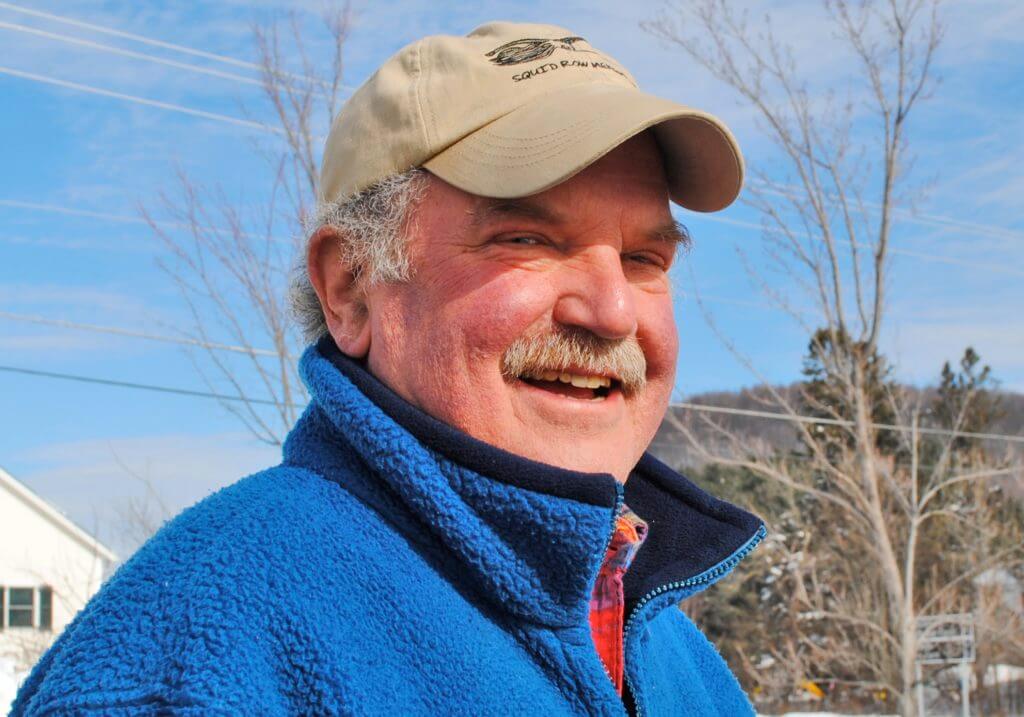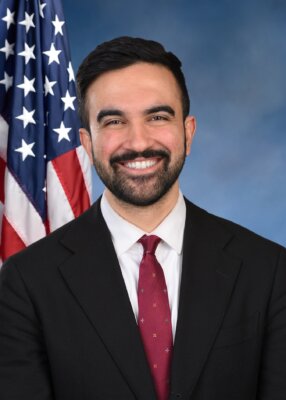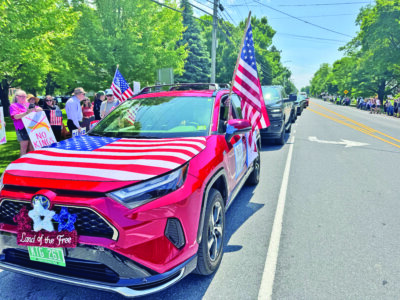Are they no longer headed for the Badlands?

I don’t want a pickle
I just wanna ride on my motorsickle
And I don’t wanna tickle
I’d rather ride on my motorsickle
And I don’t wanna die
I just rather ride on my motorcy . . .cle
~ Arlo Guthrie, Motorcycle
This has been a summer, as have the past few, when driving up to Eden we often feel like we’re part of a motorcycle rally on Rte. 100. Headed north and south alike, the flocks of cyclists on the road take me back to my youth when my hometown in southern Minnesota was on the main line to Sturgis, South Dakota, rallying point of cyclists since 1938.
Sturgis and Laconia, New Hampshire, are two of the most popular and best-attended rallies in this country. Some cyclists hit both of them, with Laconia happening in June each year and Sturgis in August. Granted, many of the Eden cycles bear Quebecois plates, and I’m not certain where they end up heading south before they return “nord” of the border.
Growing up I was on a direct route from Chicago and points east to the Black Hills that bounded Sturgis (still a town of only 6,800 people until rally time, when it blossoms to several hundred thousand.) At the time, the major east/west road ran through the middle of my town, something that if the current town planners could have re-designed they would have—at least for the first two weeks in August.
Our parents hated it. We kids loved it.
An article in the Business section of the August 13 New York Times and a T-shirt being worn by a fellow in my gym that read something like “Going back to Sturgis on my Harley” rekindled my memories. I did ask the fellow how far he had ridden his cycle, and he said he rode it from New England to South Dakota. I was duly impressed. The Times mentioned a rider who had covered 800 miles from Idaho to Dakota. In the 1950s most riders did not truck their bikes in, riding them only for the last few miles. They were full cyclists from wherever they began, hence the crowded highways and noisy campsites.
When the riders came through my hometown of Rochester we would get word that they were headed from Chicago and had reached St. Charles, just a few miles east of us. We all gathered to see them pass through.
Given the nature of Rochester (home to a major medical center) and the temper of the times in the 1950s, the older members of our families felt that motorcycles were vehicles of evil. We kids felt exactly the opposite—or, at least, did not equate bikes with bad upbringing. We loved the fact that they broke up the monotony of a downtown that died daily at 5 p.m. We lied to our parents and headed to the highway as soon as we heard the herd heading our way. There were usually several hundred of them and their rumble shook the Mayo Clinic tower. As youngsters we did not have vehicles of our own, so we had to watch them pass through, cheer and wave and go home and not discuss it with our parents. For all intents and purposes, we had been licking ice cream cones down the street.
Although Clarence (Pappy) Hoel, founder of the Sturgis classic, rode an Indian and was a member of the Jackpine Gypsies Motorcycle Club, now most of the riders drive Harley Davidsons. The Sturgis rally has been held every year with the exception of five years during World War II. Attendance runs in the 400,000 to 500,000 range and brings Sturgis a considerable financial benefit, making up 95 percent of the town’s annual revenue.
Can you believe now though, politics and tariffs have entered the picture? According to many of the riders and loyal Harley owners, they became enraged when they heard that the company was thinking of moving its bike manufacturing to Europe. According to the Times’ article, Harley felt that the President Trump’s levies on steel and aluminum would lower their bottom line enough so as to force the company to raise its prices or eat the cost in some other way.
The company’s announcement may have had a negative impact on the Harley owners, many of whom at Sturgis were Trump supporters. However, their relationships with their bikes far preceded their political support. The management of Harley Davidson has yet to decide whether the bikes, themselves, will be assembled in this country. What is clear is that their parts come from around the world, and management has said that it will move production overseas only for bikes sold in Europe. “American bikes will still be made in the United States.”
I say, “Let the cycle troops roar where they will.” The route now skirts my hometown on an interstate, and today’s Rochester kids probably don’t even know what they are missing. We East Charlotters, however, are reminded daily, getting the guttural roar right here on Hinesburg Road, up from Spear Street, down toward Guinea.
So remove those plugs, and open your engines, riders. I love it; war helmets, leather jackets, gray beards and all. I know you guys don’t want a tickle. You just want to ride on your motorcycle.
Related Stories
Popular Stories
If you enjoy The Charlotte News, please consider making a donation. Your gift will help us produce more stories like this. The majority of our budget comes from charitable contributions. Your gift helps sustain The Charlotte News, keeping it a free service for everyone in town. Thank you.
Andrew Zehner, Board Chair








